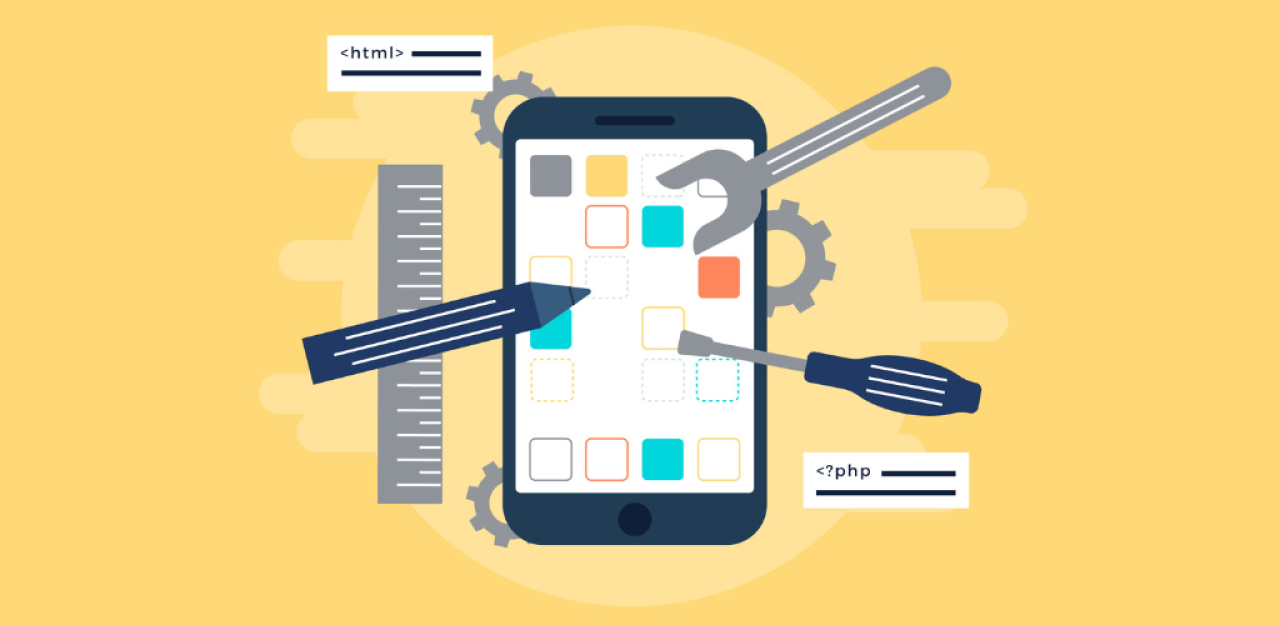
From Ideation to Launch: The Complete Guide to Building a Successful App
15 Nov 2024Creating an app can be an exciting yet complex journey. From having an idea in mind to seeing the final product in the app store, there are many stages that each play a crucial role. This guide walks you through each step of the process, from ideation to launch, providing actionable insights to help you bring your app vision to life.
1. Define Your Idea
Every great app begins with a strong idea. Start by clearly identifying the problem your app will solve or the need it will fulfill. Conduct preliminary market research to validate if there’s a demand for your idea. This will help you determine if your app concept has potential or if it requires refinement.
2. Research the Market and Competition
After defining your idea, analyze the market and competitors. Identify who your target users are, what similar apps exist, and what unique value your app will offer. A competitive analysis helps you avoid features that already exist while focusing on what will make your app stand out.
3. Set Clear Goals and Objectives
Outline the specific goals and objectives for your app. Define KPIs (Key Performance Indicators) to measure the success of each goal. For example, your goal could be a certain number of downloads within the first month or a high retention rate. These benchmarks will guide you through the development process and keep your team aligned with the app's mission.
4. Develop a Wireframe and App Design
Start creating a wireframe, a visual blueprint of your app. This step includes outlining each screen, mapping out user flows, and designing the user interface (UI). Consider working with a professional UI/UX designer to ensure the design is both functional and visually appealing.
5. Select Your Technology Stack
Choosing the right technology stack is crucial. Depending on your app type, you may opt for native development (using specific programming languages like Swift for iOS and Kotlin for Android) or cross-platform frameworks (like Flutter or React Native). The decision will impact your app's performance, cost, and development timeline.
6. Start the Development Process
Once the design is set, development begins. This stage involves coding the front-end and back-end of the app, integrating APIs, and building out the features and functionalities. It’s best to work in sprints (agile development phases) so you can review and adjust the progress along the way.
7. Test the App Thoroughly
Testing is essential for app success. Conduct QA testing (Quality Assurance) to identify bugs, glitches, and usability issues. This includes functional testing, performance testing, and user acceptance testing. Your app should go through rounds of testing to ensure it is reliable, intuitive, and bug-free.
8. Prepare for Launch
Once testing is complete, start planning your app’s launch. Create marketing materials, set up a landing page, and build hype around the release date. Make sure your app is optimized for the app store (with a catchy description, keywords, and screenshots) to maximize visibility.
9. Post-Launch Strategies
Launching your app is only the beginning. After launch, monitor user feedback, track analytics, and regularly update your app to enhance its features and fix bugs. Actively engaging with users and updating your app based on feedback will help you retain users and build a loyal customer base.
Conclusion
Building a successful app requires a solid strategy, dedication, and careful planning at every stage. By following these steps, from defining your idea to managing post-launch activities, you can maximize your app's potential for success.




